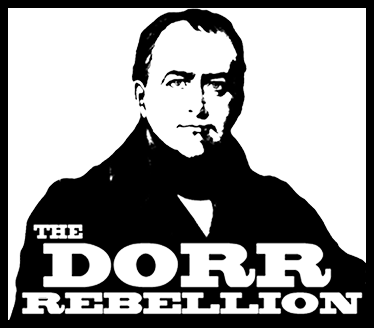Article I of the People’s Constitution incorporated the best features of the federal model in areas of free speech, free press, religious liberty and procedural due process, but it went much further than a simple repetition of traditional freedoms. It attacked “privilege” by its assertion that “no favor or disfavor ought to be shown in legislation toward any man, or party, or society or religious denomination” (I, 4). It emphatically affirmed that “the people have an inalienable and indefensible right in their original, sovereign and unlimited capacity to ordain and institute government and in the same capacity to alter, reform or totally change the same” even without prior legislative authorization (I, 4). The document also contained a “personal liberty clause” that guaranteed the right of trial by jury for fugitive slaves (1, 14).
State support of education was deemed so essential that it was mandated not only in a separate article (XII), but also in the bill of rights that decreed it “an imperative duty of the legislature to promote the establishment of free schools” (I, 5). The People’s Constitution remedied many abuses that had persisted under the charter. The most notable and controversial occurred in the area of suffrage. The statutory $134 real estate freehold requirement was repudiated by a clause that extended suffrage to adult white male citizens with one year’s residence in the state (II, 1). Insertion of that racial qualification was accomplished over strenuous objections from Thomas Wilson Dorr and Benjamin Arnold, Jr. of Providence who correctly asserted that this inconsistent restriction violated the principle of equal rights upon which their movement was based. When Dorr persisted in his advocacy of African Americans, his fellow delegates agreed to insertion of a clause mandating a popular referendum on the defeated motion at the first annual election following the initial session of the People’s Legislature (XIV, 22).
In the crucial area of reapportionment the reformers devised an eighty member House, wherein Providence was entitled to twelve representatives, two from each of its six wards. Smithfield and Newport were allocated five members each, Warwick retained four, Cumberland, North Providence and Scituate were raised to three, Jamestown, Middletown and Barrington were reduced to one and all other towns were allotted their customary two representatives (V, 2-3) . This plan gave the nine expanding industrialized towns approximately 46% of House representation, a significant increase over the 30% they were then allowed under the inflexible charter. A twelve-member senate elected from twelve districts gave to the nine expanding towns of Providence and Bristol counties an influence approximately equal to that of the remaining twenty-two towns (VI,1-2).
The popular referendum on the constitution was held on December 27, 28, and 29. Although absentee voting was allowed in event of illness, the Rhode Island Suffrage Association established detailed election procedures and took numerous precautions to prevent fraud. Those who would be freemen under the proposed People’s Constitution were allowed to vote on its ratification. All ballots were to be signed and moderators were to make registers of all persons voting. The People’s Convention reassembled on January 12, 1842 to tabulate the results. The referendum, which was boycotted by supporters of the charter government, resulted in ratification by the lopsided margin of 13,944 to 52. Despite the boycott, the vote was the largest turnout in Rhode Island history to that date.
Summary authored by Dr. Patrick T. Conley,
constitutional historian and co-author of The Rhode Island State Constitution: A Reference Guide (2010)
